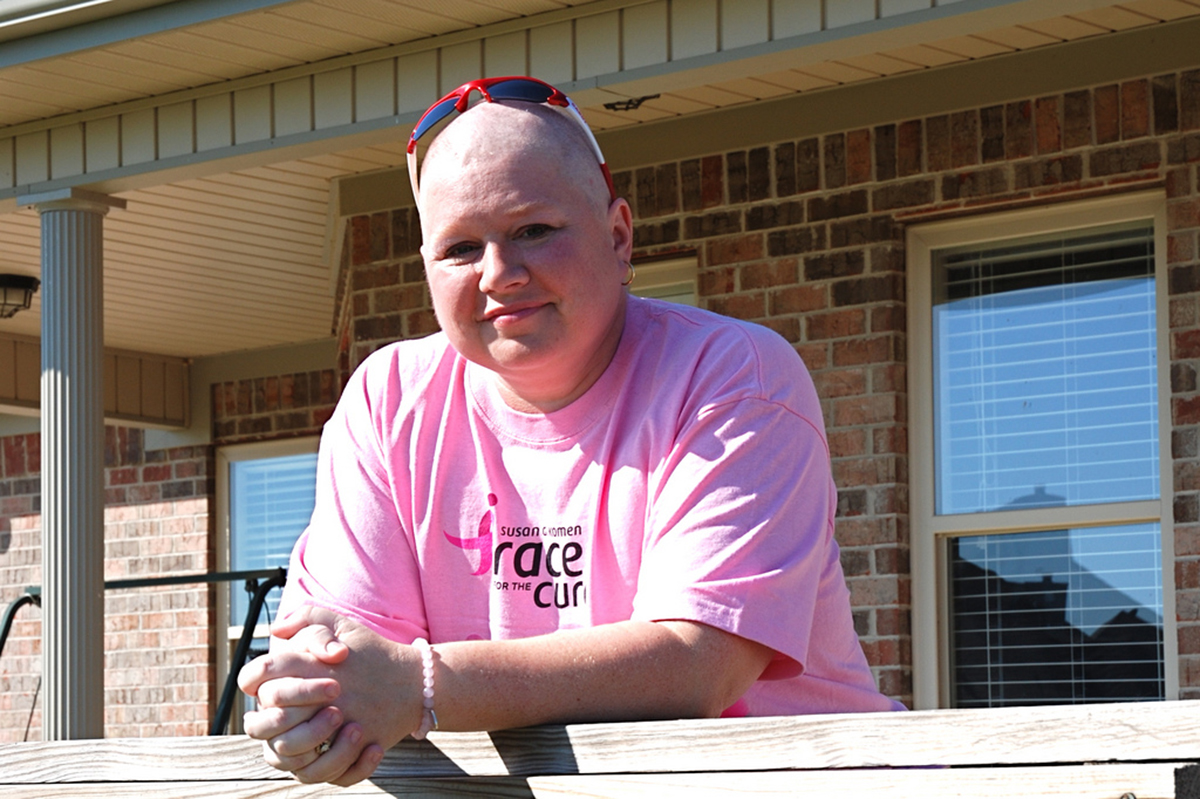Table of Contents
If you have decided that hair replacement is for you, there are a number of things you can do to obtain a more attractive result, starting before treatment.

1. Before you get chemotherapy or radiation, be gentle with your hair.
Avoiding dyes, curling agents, or straightening agents, and especially pomades, can help you keep your natural hair as long as possible.
2. When your hair starts falling out, consider cutting it short.
Short hair looks fuller than long hair.
You may only have this look for a few weeks, but it can work for you.
3. If you are going to get a wig (or even if you're not), shaving your head has some advantages.
When hair falls out, the scalp usually gets itchy. Shaving remaining hair reduces itch and flaking. It's bad enough to have cancer. At least you can avoid having dandruff when you don't even have hair.
4. Make sure your head is covered.
If you don't wear a wig, wear a cap. Head coverings protect your scalp from cold and sunburn. If you can't wear a cap, either, use zinc oxide or titanium oxide (mineral-based) sunscreen to protect against burning. These products leave white cast on the skin they touch, but they are better than a burn.
5. Consider getting a completely new look with your wig.
Many wig shops post photos of glamorous women (and men) as models of great-looking hair. If you are losing all of your hair, or shaving it all off, and especially if you are experiencing changes in skin tone, consider getting a completely new look. Use the occasion for a makeover. The new, strong, cancer-defying you may take on a new look that doesn't say "I have cancer" but rather "I'm in charge of how I look."
6. Don't rush to buy a real-hair wig.
Real, human hair is expensive. Almost all human hair sold to the hair replacement industry is black and has to be dyed for any other color. Real-hair wigs are harder to maintain, don't last as long, and cost a lot more (usually 3 to 5 times as much) than synthetic hair wigs.
You may be able to buy multiple wigs, hair and a spare, if you stick to synthetic.
7. Consider getting a wig that's a lighter shade than your natural hair.
Chemotherapy can make your face look pale. Lighter hair tones help your face look more natural. If you have black hair, consider getting a dark brunette wig. If you have blond hair, get lighter tones.
8. Check whether your insurance will pay for your wig.
If your doctor writes a prescription for a "cranial prosthesis," your medical insurance may pay for your wig. Medicare, however, will not.
9. When you are trying on a wig for the first time, take your glasses off first.
And be sure to shake out the wig thoroughly before putting it on your head.
10. Consider investing in a "wig hugger."
This elastic band ensures that your wig will stay on your head.
See Also: Coping With A Cancer Diagnosis
And when you style your wig, don't forget:
- Always tuck your hair behind your ears before you begin styling.
- Bring only as much hair forward as needed to make your wig look natural.
- Brush long hair, but use your fingers with short hair.
- Have a stylist (or the wig seller) trim bangs if needed.
- When you use hair conditioner, start with the ends first.
And don't try to have every hair in place. You'll never have a bad hair day if you invest in multiple wigs and make sure to have them shampooed and styled--just drop your hair off at the shop--ever week or two. You might even wear your wig when your hair grows back. It can look that good.
- Gubar, Susan. Living With Cancer: Hiding Under a Wig? New York Times. 9 October 2014.'
- Photo courtesy of liz west by Flickr: www.flickr.com/photos/calliope/6025359063
- Photo courtesy of Arkansas ShutterBug by Flickr: www.flickr.com/photos/tanyaspillane/2893455746


Your thoughts on this